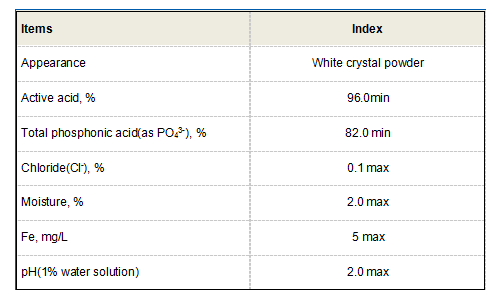Techniques for Enhancing Water Quality Through Coagulation and Flocculation Processes
Water Coagulation and Flocculation Essential Processes for Water Treatment
Water is a vital resource for all forms of life on Earth, and ensuring its quality is paramount for public health and environmental sustainability. One of the critical processes in water treatment is coagulation and flocculation, which play an essential role in removing suspended solids and various impurities from water sources. This article explores the concepts of coagulation and flocculation, their importance in water treatment, and the factors that influence their effectiveness.
Understanding Coagulation and Flocculation
Coagulation is the first step in the water treatment process, where chemical agents, known as coagulants, are added to the water to destabilize suspended particles. Common coagulants include aluminum sulfate (alum), ferric chloride, and polyaluminum chloride. These chemicals act by neutralizing the negative charges on the surface of suspended particles, allowing them to come together or coagulate into larger aggregates.
Once coagulation has occurred, the next step is flocculation, where the destabilized particles are agitated gently to encourage them to bond together, forming even larger particles known as flocs. This process typically involves slow mixing in a sedimentation basin or flocculation tank, enabling the flocs to grow in size so they can be effectively removed from the water.
The Importance of Coagulation and Flocculation
The coagulation and flocculation processes are crucial for several reasons
1. Removal of Suspended Solids These processes significantly reduce the concentration of suspended solids in water, which can include silt, clay, and organic matter. Removing these particles is vital for ensuring clear water and preventing clogging in downstream treatment processes.
2. Pathogen Reduction Coagulation and flocculation can also aid in reducing the presence of pathogens, such as bacteria and viruses, making the water safer for consumption. Larger flocs can trap these microorganisms, which are then removed during subsequent filtration and sedimentation.
3. Turbidity Reduction Turbidity, caused by suspended particles, can affect the aesthetic quality of water and hinder disinfection processes. By effectively removing these particles, coagulation and flocculation improve water clarity, making it more appealing for end-users.
water coagulation and flocculation

Factors Influencing Coagulation and Flocculation
Several factors influence the efficiency of coagulation and flocculation processes
- pH Level The pH of the water can affect the charge of suspended particles and the solubility of coagulants, making it necessary to optimize pH for effective treatment.
- Temperature Water temperature influences the kinetic energy of particles, affecting the rate of collision and, consequently, the aggregation process.
- Coagulant Dose The right dosage of coagulant is critical; too little will result in ineffective particle removal, while too much could complicate the treatment process.
- Mixing Intensity Proper mixing during flocculation is essential for creating larger flocs without breaking them apart, requiring careful control of mixing speeds and durations.
Conclusion
In summary, coagulation and flocculation are indispensable processes in water treatment, ensuring the removal of impurities and enhancing water quality for consumption and environmental discharge. Understanding the dynamics of these processes and the factors that influence their effectiveness is crucial for optimizing water treatment operations and achieving safe, clean water for communities. As the demand for clean water continues to rise, refining these processes will remain a significant focus in the field of water treatment technology.
-
LK-319 Special Scale And Corrosion Inhibitor For Steel Plants: Advanced Solutions for Industrial Water SystemsNewsAug.22,2025
-
Flocculant Water Treatment: Essential Chemical Solutions for Purification ProcessesNewsAug.22,2025
-
Isothiazolinones: Versatile Microbial Control Agents for Industrial and Consumer ApplicationsNewsAug.22,2025
-
Scale Inhibitor: Key Solutions for Water System Scale PreventionNewsAug.22,2025
-
Organophosphonates: Versatile Scale Inhibitors for Industrial Water SystemsNewsAug.22,2025
-
Scale and Corrosion Inhibitor: Essential Chemical Solutions for Water System MaintenanceNewsAug.22,2025





